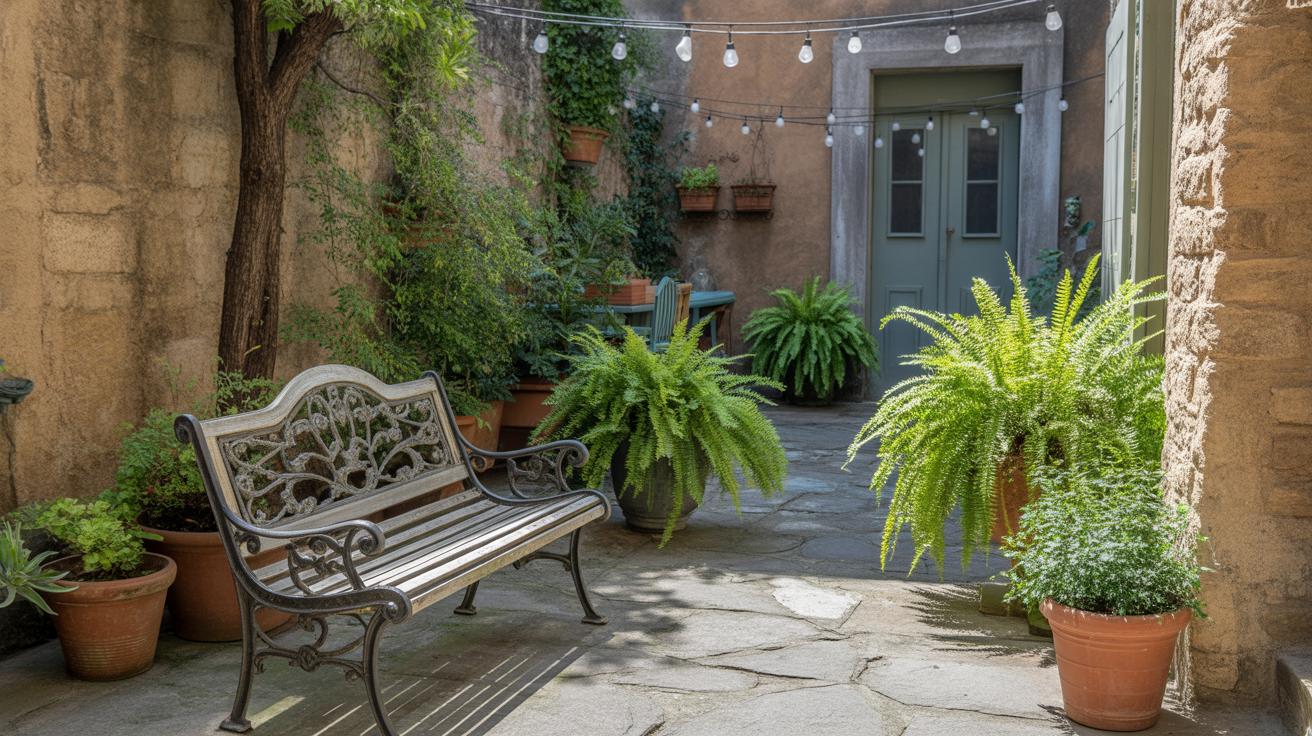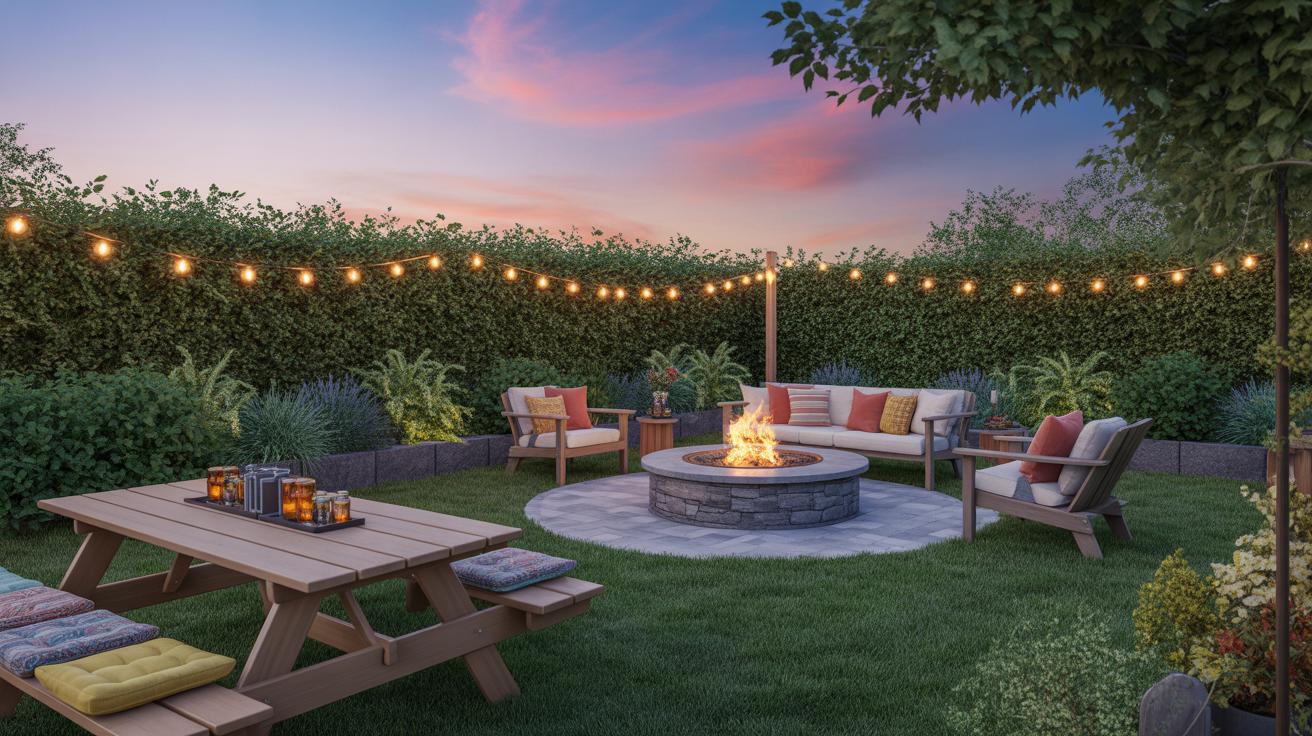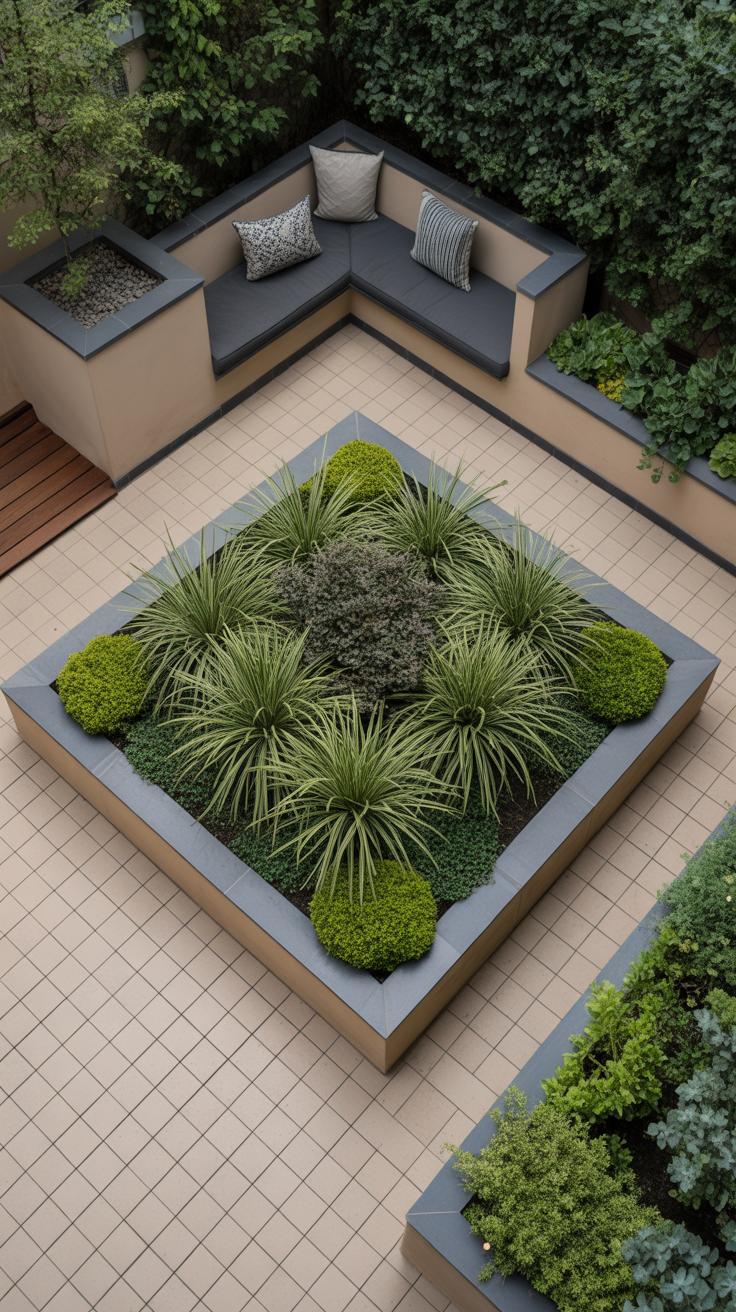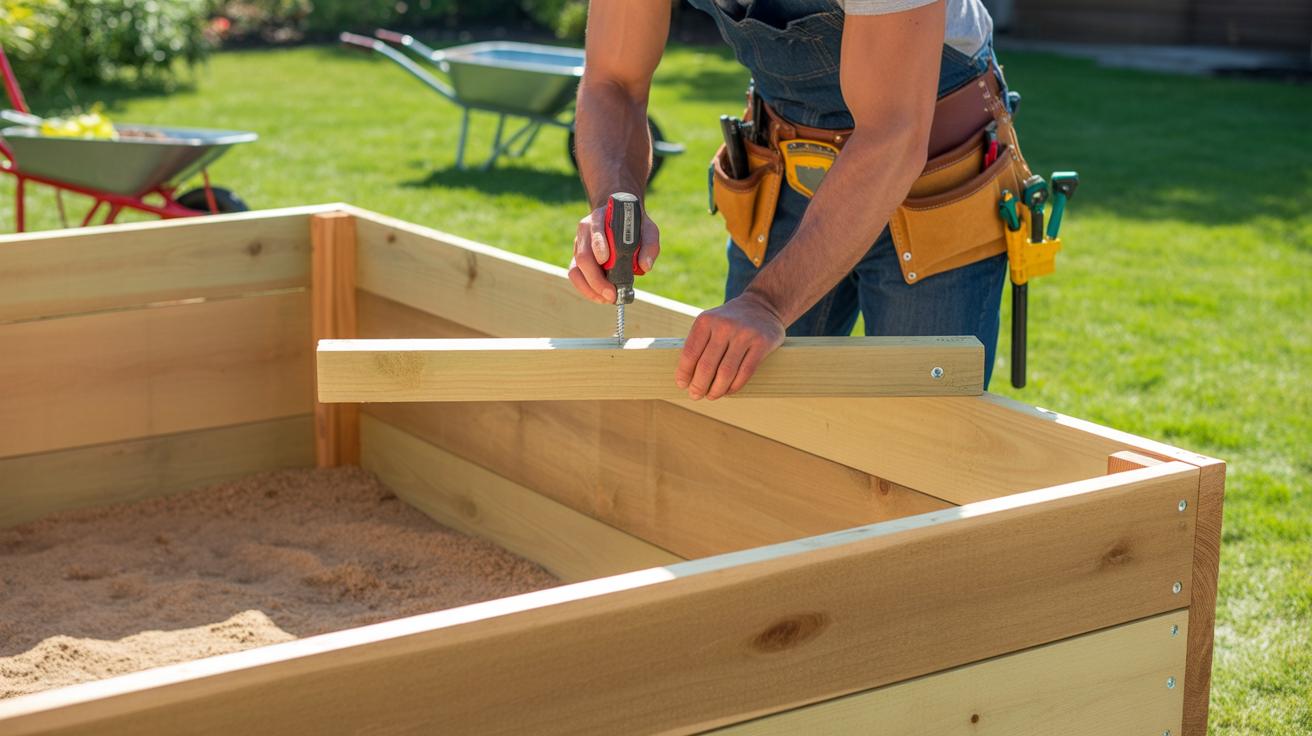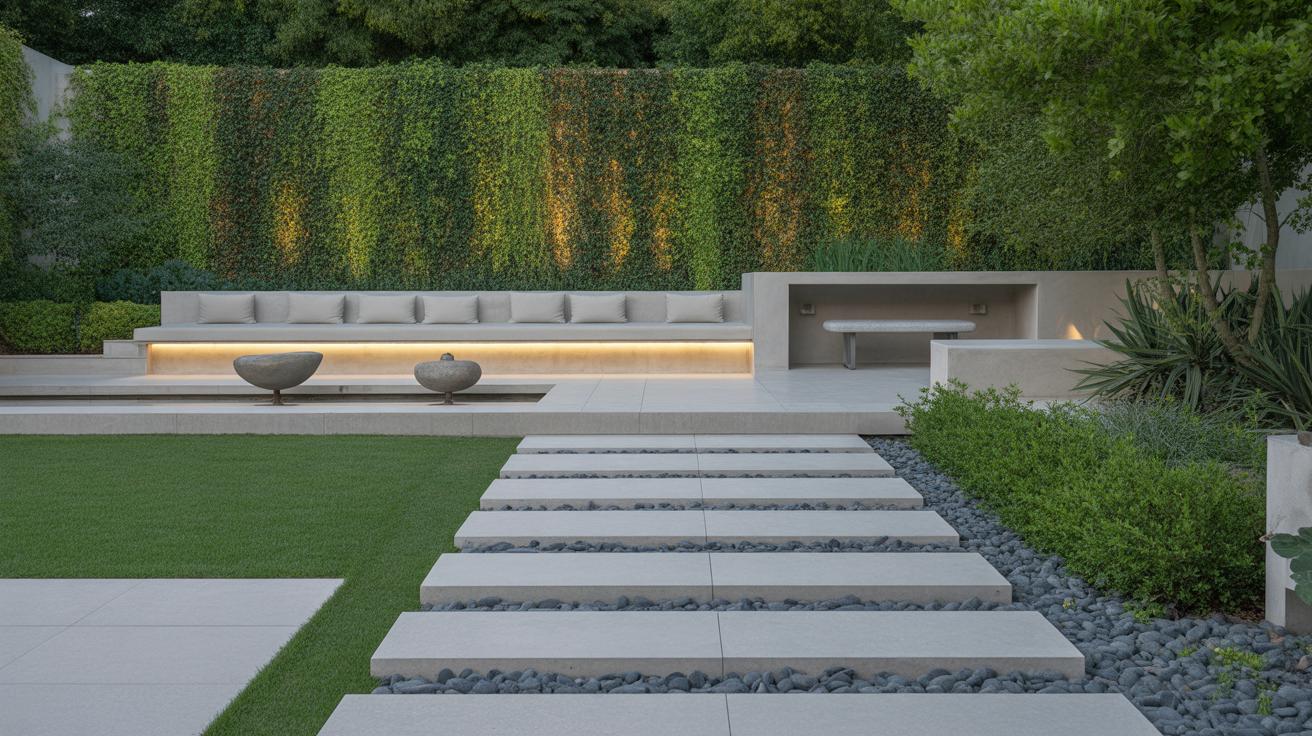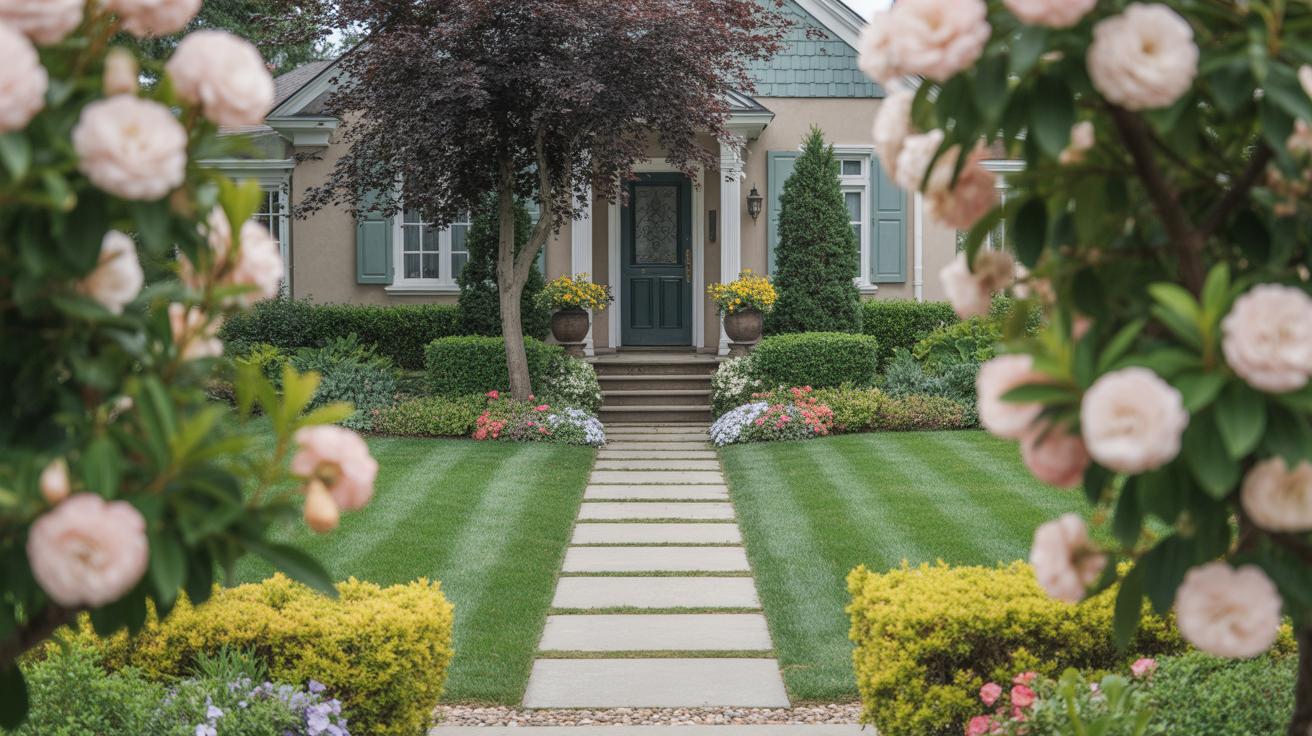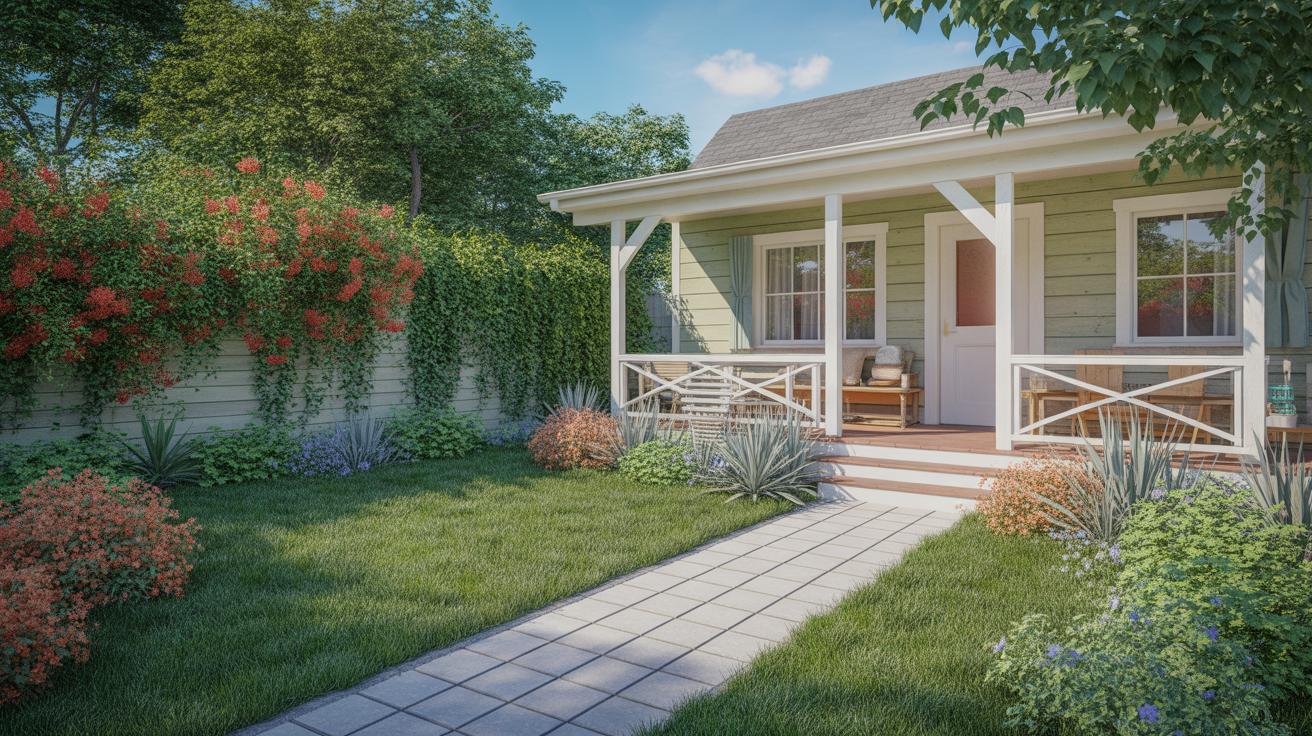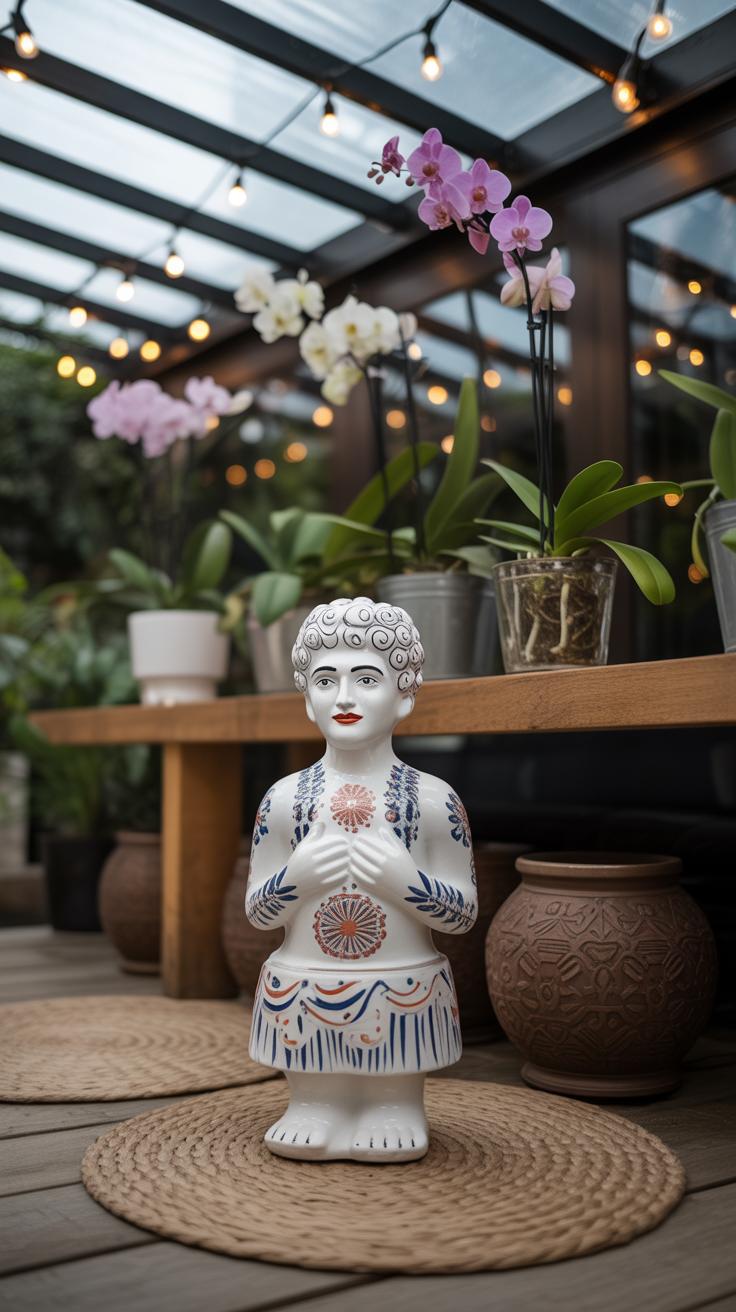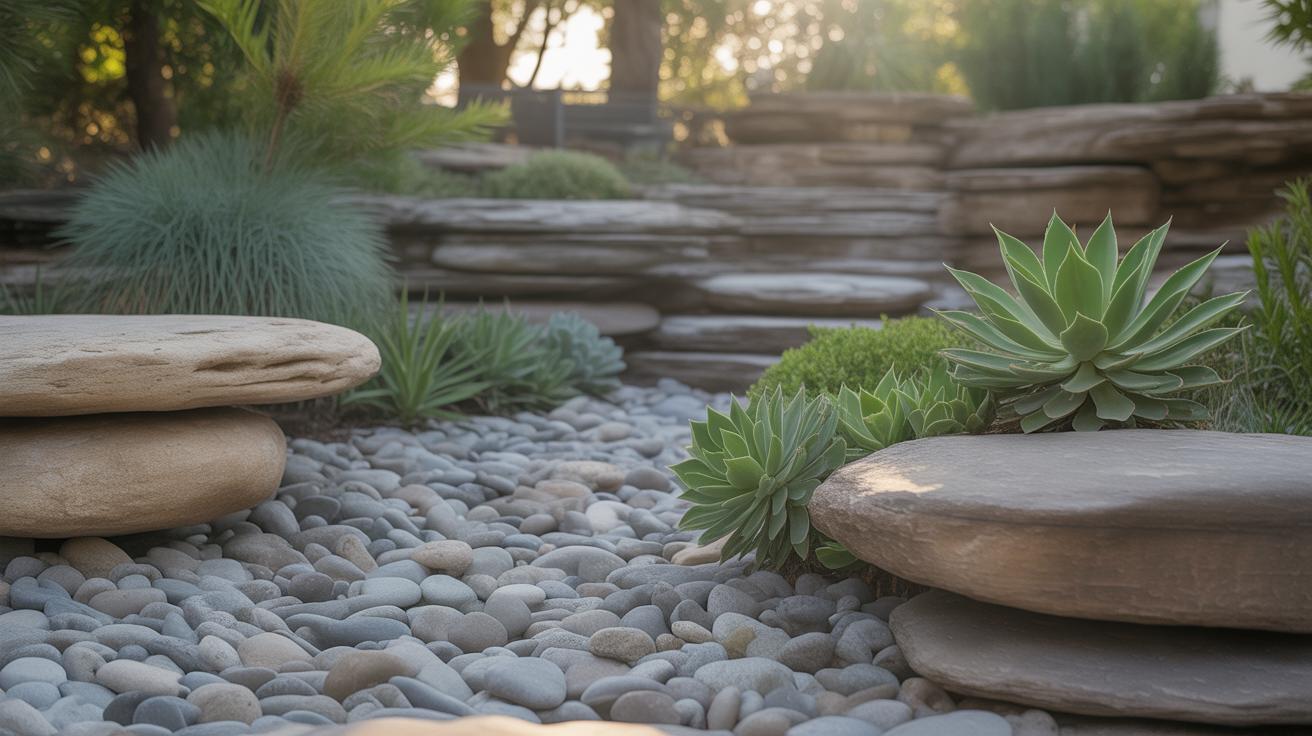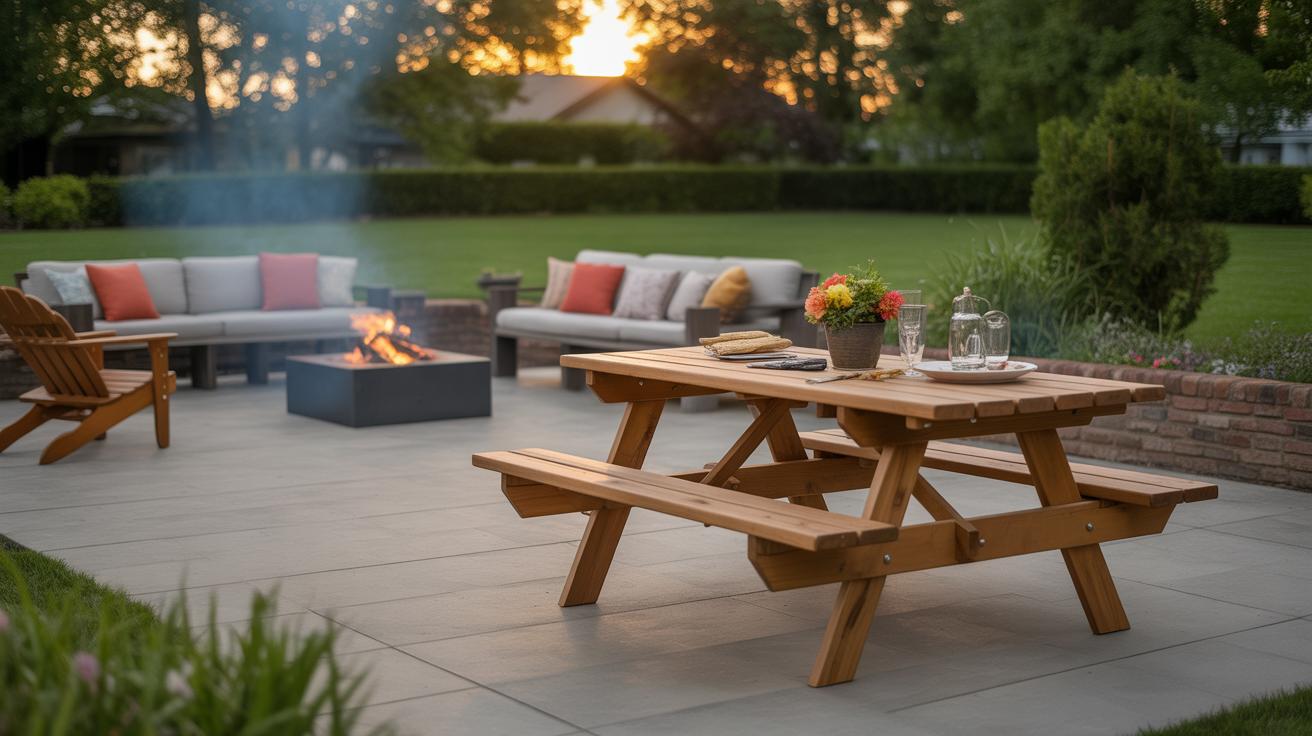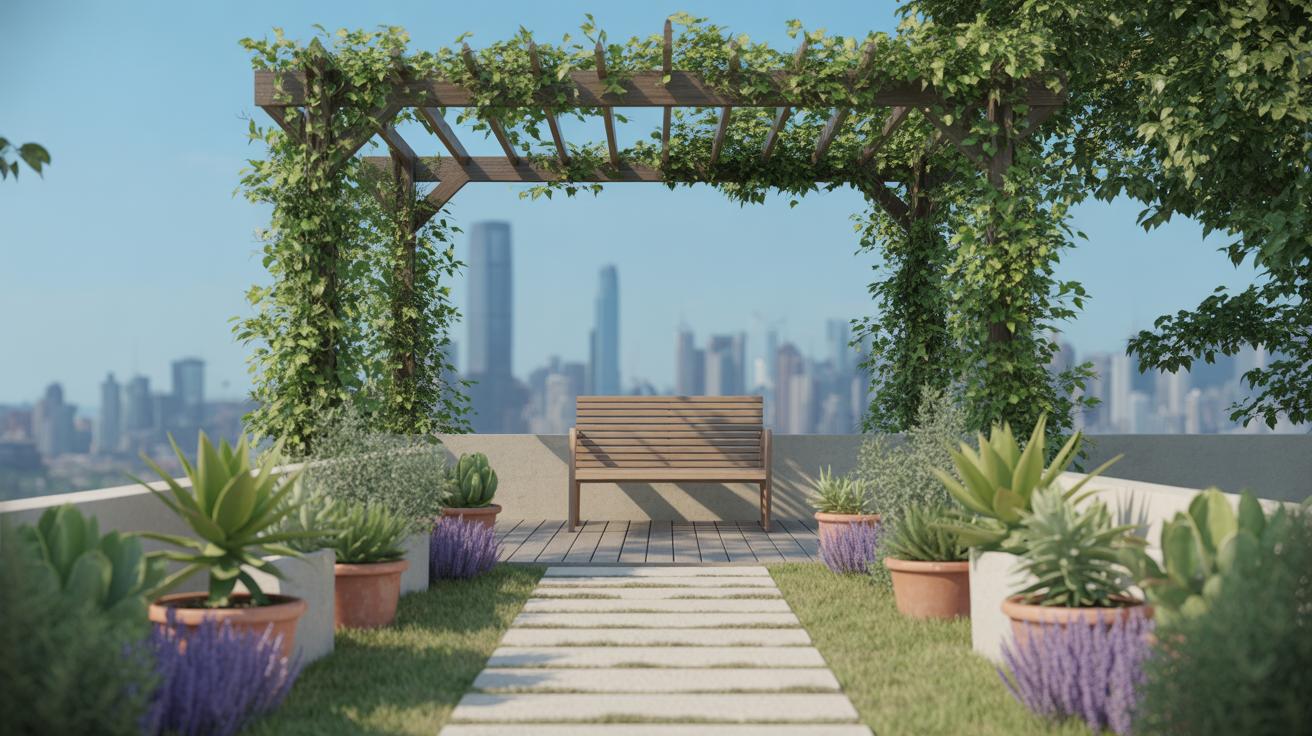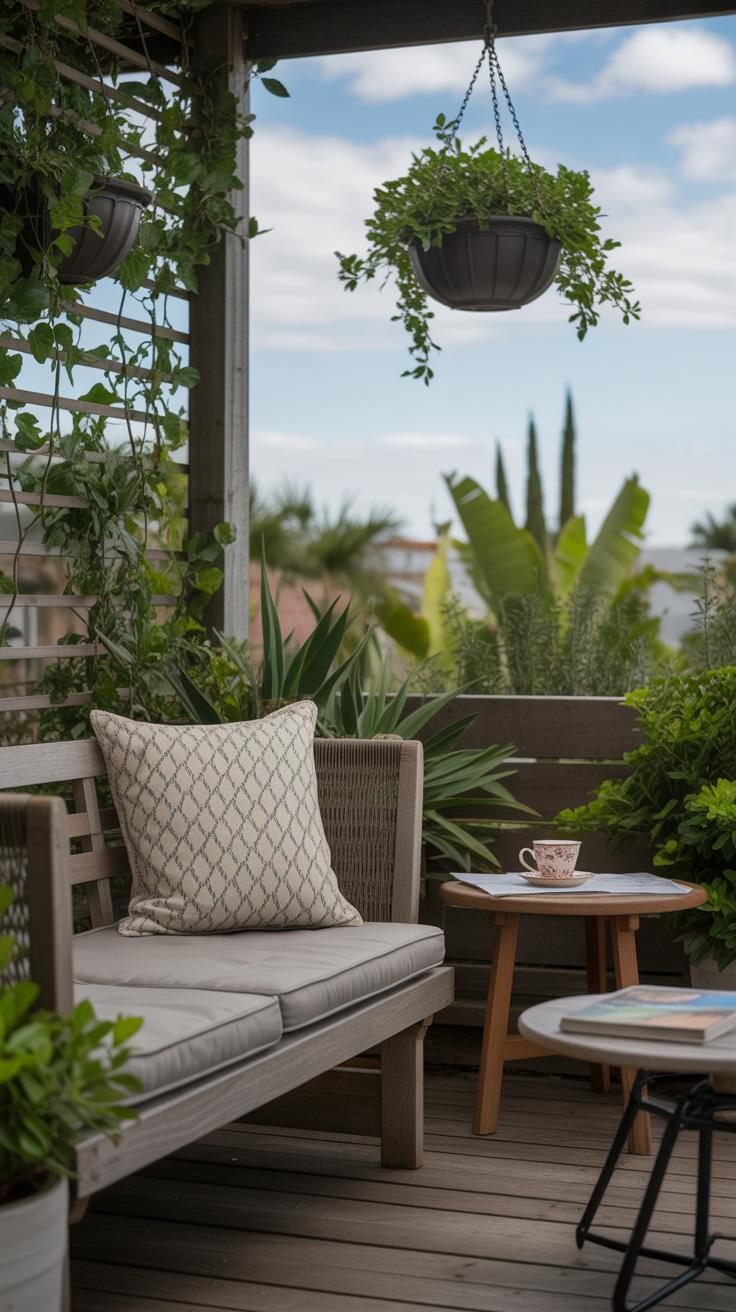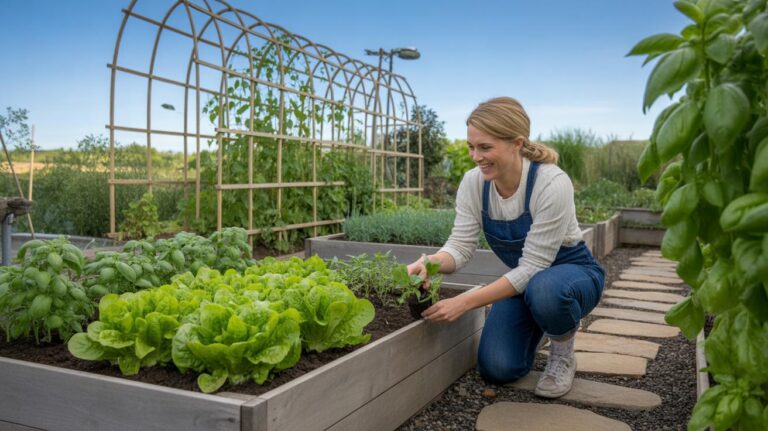Introduction
Small courtyard gardens offer a valuable chance to create a calm and inviting outdoor space right at home. These areas, often enclosed and sheltered, can be transformed into serene retreats where you can relax, read, or connect with nature. Careful planning and simple design choices make a big difference in turning these compact spaces into peaceful getaways.
In this article, you’ll discover practical steps to design and arrange your small courtyard garden. From choosing the right plants and decorations to creating privacy and comfort, we will explore ideas that suit your space and lifestyle. By following these tips, you can make your small courtyard a favorite spot that refreshes your mind and body.
Understanding the Unique Nature of Small Courtyard Gardens
Small courtyard gardens are compact outdoor spaces, typically enclosed on all sides by walls or buildings, with an open sky overhead. These gardens often sit within or beside homes, offering a private nook that’s quite distinct from larger, more open gardens. Because they’re surrounded, they create this feeling of being tucked away, almost like a secret spot, which many people value, especially in urban settings where space is limited.
They usually feature hard surfaces like paving stones or bricks, combined with pockets of greenery, maybe a small tree or a few planters. The tight borders mean you can’t just spread out—that’s true—but it also invites creativity. You have to think vertically, or in layers, to bring life and interest without crowding the space.
The fact that these gardens are enclosed provides a level of privacy that bigger gardens can’t offer as easily. You don’t worry much about neighbors watching you while you drink your morning coffee or read a book outside. Still, the limited space can feel challenging. How do you balance lush planting with room to relax? It’s a bit of a puzzle, but that’s part of what makes them so engaging to design and enjoy.
Some benefits stand out clearly:
- Privacy: You’re shielded from the street and passersby, which creates a peaceful retreat right at home.
- Maintenance: Smaller areas are less work—watering, pruning, cleaning—so it suits those who want beauty without too much fuss.
- Cozy Atmosphere: The enclosure can feel comforting rather than confining once you get the layout and elements right.
Of course, your small courtyard garden won’t be the same as a sprawling backyard. But that difference doesn’t make it less valuable. Quite the opposite. It offers a concentrated, focused space that can refresh your day-to-day life when shaped carefully.
Planning Your Courtyard Garden Layout
When working with a small courtyard garden, every inch counts. You can’t just scatter elements randomly and expect it to feel comfortable or inviting. You have to think about how people will move through the space, where they’ll sit and relax, and what will catch their eye first. Planning your garden’s layout is like creating a little world—one that needs to breathe and feel balanced without feeling cramped.
Start by dividing the courtyard into functional zones. Typically, you want areas dedicated to sitting, planting, and pathways for moving around. It doesn’t have to be rigid or formal, maybe just a cozy nook with a bench along one side, opposite a planting bed with colorful foliage, and a clear path that connects them smoothly. Sometimes I find drawing a simple sketch really helps—just blocking out where things roughly go before buying anything.
Focal points play a key role here. Even in tight spaces, a water fountain, a striking sculpture, or a unique plant can anchor the design and draw attention. This isn’t just decoration—it gives your eyes somewhere to rest and adds depth to the space. I’ve seen courtyards where just a small bamboo fountain completely changes the vibe, making it feel calm and purposeful.
Questions to consider might be: Will you want a spot for morning coffee? Where should the afternoon sun hit? How can paths flow without interrupting seating or planting areas? In many cases, one well-chosen focal point and obvious pathways make the courtyard feel larger and more inviting than it really is.
Choosing Plants for Small Courtyard Gardens
Picking plants for a small courtyard isn’t just about aesthetics; it’s about understanding your space’s unique needs. Think about the light—does your courtyard bask in full sun all day or does shade dominate most corners? Soil quality can vary, too. Sometimes it’s heavy clay, other times sandy or even a mix. And then, there’s climate. If your courtyard faces a chilly winter or a dry summer, that’s going to shape what will thrive.
Try choosing plants that won’t overwhelm. Small trees like dwarf citrus or Japanese maple offer height without bulk. Shrubs such as boxwood or lavender add structure but stay manageable. Climbing plants like clematis or jasmine can cover walls or fences, saving precious floor space. And container plants? They’re lifesavers when soil is poor or space tight.
Colors and textures bring life. Mix dark green leaves with silvery or variegated ones. Combine glossy leaves with soft, fuzzy ones. For flowers, some bright bursts—say, pink azaleas or white gardenias—could contrast nicely against deep foliage. But don’t go overboard. Sometimes too many colors fight for attention, making the garden feel smaller and cluttered.
Ask yourself: how much care can you realistically give? Some plants demand regular pruning or watering. Others barely need attention. It’s okay to choose a few high-maintenance favorites, but balance them with resilient options to avoid feeling overwhelmed.
Enhancing Privacy and Comfort
When dealing with small courtyards, privacy can feel tricky to achieve without making the space cramped. You want to close off the outside world gently, not trap yourself inside a box. Trellises with climbing vines offer a great solution—they add height and screening without blocking light. Sometimes, tall plants like bamboo or slender evergreens can form natural barriers. They breathe life into walls that might otherwise feel cold or harsh. Curtains, too, can be surprisingly effective, especially if you have a partial roof or pergola to hang them from. They create a soft, flexible boundary that you can adjust based on mood or season.
Comfort is just as important as privacy. When choosing seating, think about scale and functionality. Avoid bulky furniture—it overwhelms small spaces. Instead, opt for benches with storage underneath, foldable chairs, or cushioned stools that you can move around as needed. Shade is another factor. You could try a retractable awning or a simple fabric canopy. Even a large umbrella positioned carefully can protect you during hot afternoons without swallowing the courtyard in shadow. Of course, combining seating near a shaded spot seems obvious, but it’s sometimes overlooked in the rush to fill space.
Have you ever noticed how a well-placed screen or cozy chair can change the entire feel of a garden? Maybe it’s the sense of retreat that makes you want to stay longer. Privacy and comfort don’t always have to be expensive or complicated—they can be subtle layers that invite you to relax, surrounded by greenery and fresh air.
Incorporating Water Features and Lighting
Small water features can quietly change the mood of your courtyard. The gentle patter of a fountain or the soft ripple from a tiny pond offers a kind of calm that’s hard to put into words. You might think a bubbling sound distracts, but often it drowns out less pleasant noises like distant traffic or chatter. For a small courtyard, size matters—oversized water features feel intrusive or unbalanced.
Some good options include:
- A petite fountain that fits on a corner table or alongside a plant bed.
- A simple birdbath, doubling as a spot for local birds to visit and making the space feel alive.
- Water bowls with floating candles or plants to add both texture and tranquility.
Placement is key—near seating areas but not so close that splashing becomes annoying.
When it comes to lighting, think beyond just visibility. Soft, warm lights create atmosphere, inviting you to linger as dusk falls. Solar-powered stakes are practical and low fuss, but they sometimes provide uneven brightness, which can be charming or frustrating depending on your taste.
Try these lighting strategies:
- String lights draped overhead or along walls for a cozy glow.
- Pathway lights for safety and subtle guidance.
- Spotlighting a feature plant or water element to draw the eye and add depth.
These touches turn the courtyard into a refuge, extending its use into the evening without harsh or glaring light. Still, I find it tricky not to overdo it—you want the light to feel natural, not artificial or staged.
Adding Decorative Elements to Personalize Your Space
Small courtyard gardens often feel like blank canvases waiting for a personal touch. Art and ornaments can really change the mood, even when space is limited. Think about placing a small statue in a quiet corner—something meaningful, not just decorative. A weathered bird or an abstract form can add a quiet charm without overwhelming the space.
Wall hangings are another way to bring interest to otherwise plain surfaces. A mosaic panel or a series of ceramic tiles might reflect your style while bending this narrow space into a more inviting scene. It’s easy to overlook walls, but they offer a great chance to add personality without taking up precious ground.
When it comes to comfort, outdoor fabrics like cushions and rugs make a big difference. They soften the harder edges of furniture and invite you to linger longer. Maybe a few brightly patterned cushions on a bench or a woven rug underfoot can turn cold stone into a cozy nook. The tactile contrast feels surprisingly refreshing.
Using textiles also allows seasonal flexibility—you can swap out colors and textures to suit the mood or weather. And while outdoor fabrics tend to wear, that slightly faded look often adds to the garden’s lived-in feel, making it less about perfection and more about presence.
So, when decorating your courtyard, consider these small but effective additions:
- Simple statues or art pieces with personal meaning
- Wall-mounted decorations like mosaics or hanging planters
- Comfortable cushions and outdoor rugs to soften seating areas
- Fabrics that can be changed with the seasons for freshness
Personal touches don’t have to be expensive or grandiose. Sometimes it’s those little unexpected details that make your courtyard feel truly yours. Have you noticed a corner in your garden that just needs a quiet item to come alive? These are the moments where personality quietly seeps in.
Maintaining Your Small Courtyard Garden
Keeping a small courtyard garden tidy and inviting doesn’t have to take much time. Regular attention to plants and features will keep things looking fresh without overwhelming you.
Try to water plants early in the morning or late in the afternoon to reduce evaporation, especially when space limits natural moisture. For pruning, trim back dead or overgrown leaves now and then—it makes a noticeable difference and helps plants stay healthy. Seasonal cleaning is also key; clearing fallen leaves or debris prevents pests and keeps your area neat.
Choosing low-maintenance plants can save you a lot of trouble. Succulents, lavender, or jasmine usually thrive with less fuss and bring both greenery and fragrance. Materials like gravel or paving stones minimize messy soil and reduce weeding. You might find that once you settle into a routine, the garden almost takes care of itself—though sometimes you may forget a watering day, and that’s okay.
Have you noticed how a clean, well-tended courtyard invites you to just sit down and breathe? It might be the small daily efforts paying off more than any grand makeover.
Making the Most of Your Courtyard Retreat
Using your small courtyard garden every day can feel surprisingly simple once you shift your mindset about what that time looks like. It doesn’t have to be a big event—maybe just a few minutes sitting with a cup of tea, letting your mind wander, or even a quick stretch. I find that placing a comfortable chair in a quiet corner helps invite those little moments of peace. You might try a small water feature or soft lighting to signal that this spot is meant for taking a breath, not for rushing.
Besides solitary quiet, your courtyard can host gentle social moments or creative bursts. You don’t need space for a crowd; a couple of friends with some light refreshments can feel enough. Try lighting a few candles as the sun sets or laying down a small rug to gather around. The garden could also serve as a place to paint, write, or try a new craft. Sometimes, even simple things like potting plants or photographing blooms can turn routine into a quiet joy.
Have you thought about how often you actually step outside during the day? What keeps you from going out more? A little intentionality in setting your courtyard as a regular hangout might change those daily rhythms more than you’d expect.
Conclusions
Your small courtyard garden holds the potential to become a personal sanctuary. By thoughtfully choosing plants, arranging furniture, and including soothing features like water or soft lighting, you can craft a space that feels both beautiful and peaceful every day. Remember, the goal is to make the garden reflect your needs and style.
Take time to plan, experiment, and enjoy the process of building your retreat. Even small changes can greatly improve your outdoor space. With care and creativity, your small courtyard will become a haven where you can always find calm and comfort close to home.

